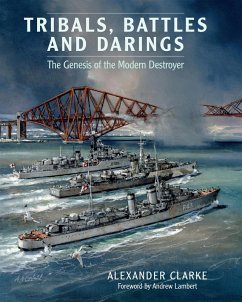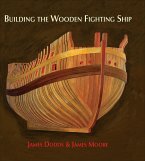The conception and evolution-through inter-war tensions, global war, and years of Cold War hostility-of the Royal Navy's large fleet destroyers. The Tribal class destroyers are heroes of the Altmark incident, of the battle of Narvik, and countless actions across all theatres of operation. Yet there has been surprisingly little written about these critical ships, still less about their wartime successors, the Battle class, or their postwar incarnations, the Daring class. This book seeks to rectify this by describing the three classes, each designed under different circumstances along destroyer lines but to general-purpose light cruiser form, from the interwar period through to the 1950s, and the author explains the procurement process for each class in the context of the needs and technology of the times. Taken together these classes represent the genesis of the modern general-purpose destroyer, breaking from the torpedo boat destroyer form into a self-reliant, multi-purpose combatant capable of stepping up to the cruiser's traditional peacetime patrol missions whilst also fulfilling the picket and fighting duties of the wartime light cruiser or heavy destroyer. This is the first work to analyze these three classes side by side, to examine their conception, their creation and their operational stories, many heroic, and provide an insight into ship design, operation and culture. In doing so, the book aims to contribute a better understanding of one of the most significant periods in the Royal Navy's history. In its clear description of the genesis of the modern destroyer, this book will give the reader a clearer picture of its future as well. Historians, professionals and enthusiasts will all enjoy this wide-ranging and detailed study.
Dieser Download kann aus rechtlichen Gründen nur mit Rechnungsadresse in A, B, BG, CY, CZ, D, DK, EW, E, FIN, F, GR, HR, H, IRL, I, LT, L, LR, M, NL, PL, P, R, S, SLO, SK ausgeliefert werden.









